Chandrayaan-3: Tech involved in India's historic lunar mission
Chandrayaan-3 is packing the latest technology that is aiding the spacecraft to fly to the moon and then land on it. From spaceflight, landing, operations, and experiments, everything is dependent on the technology packed into this spacecraft, lander and rover.
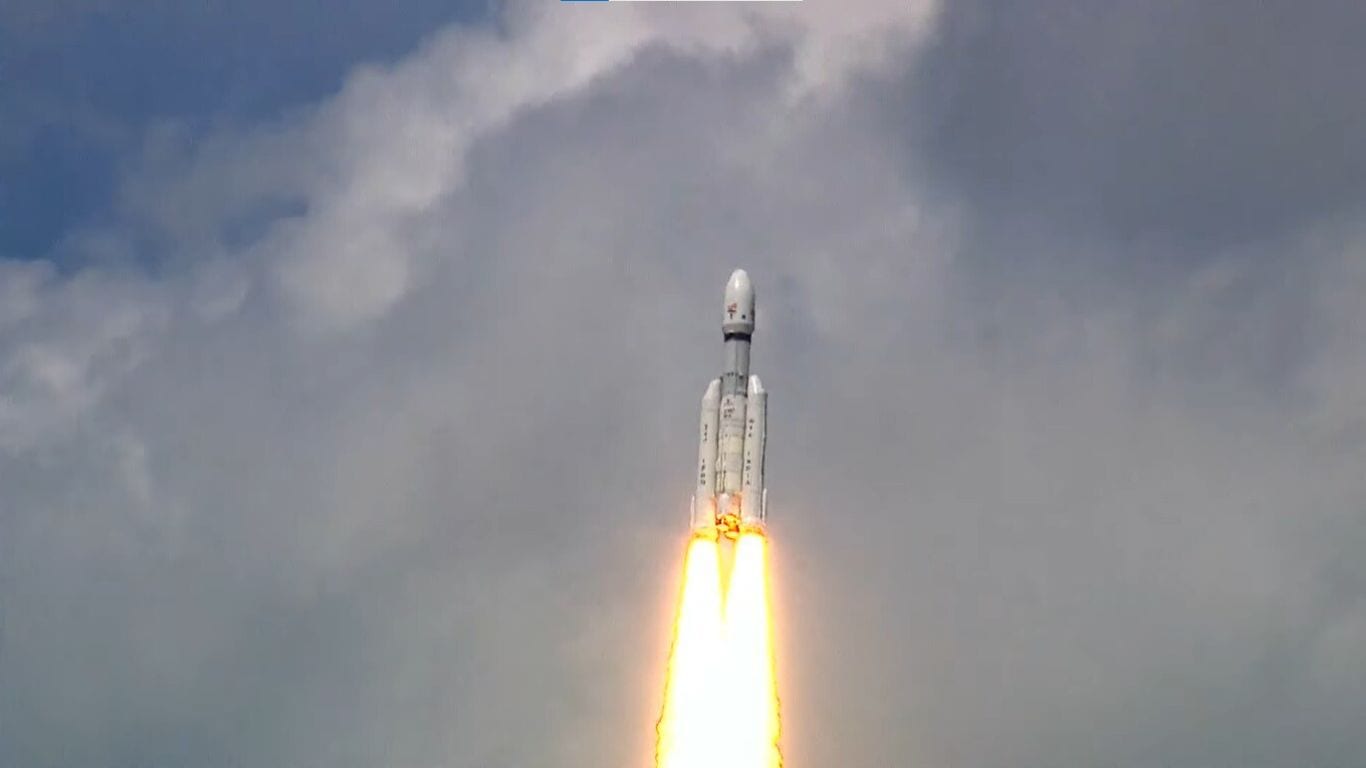
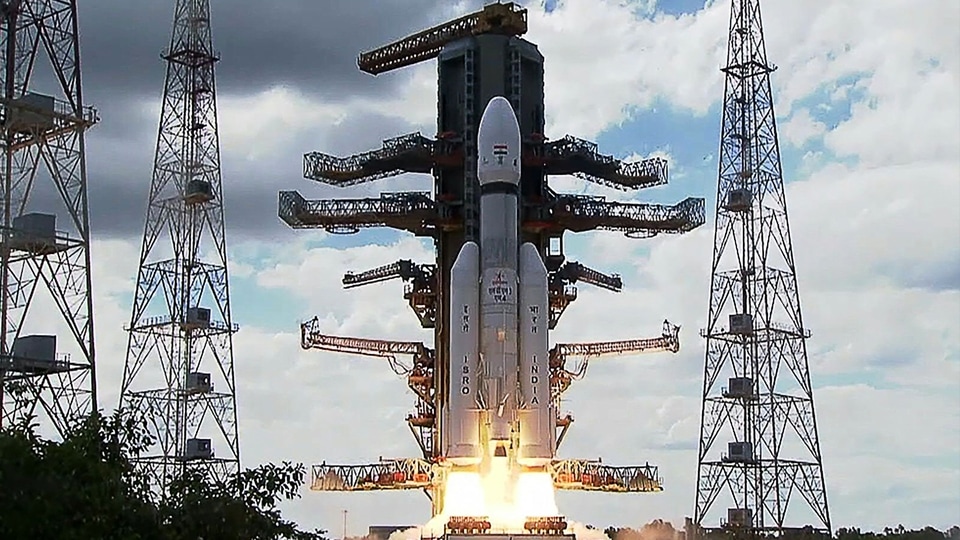
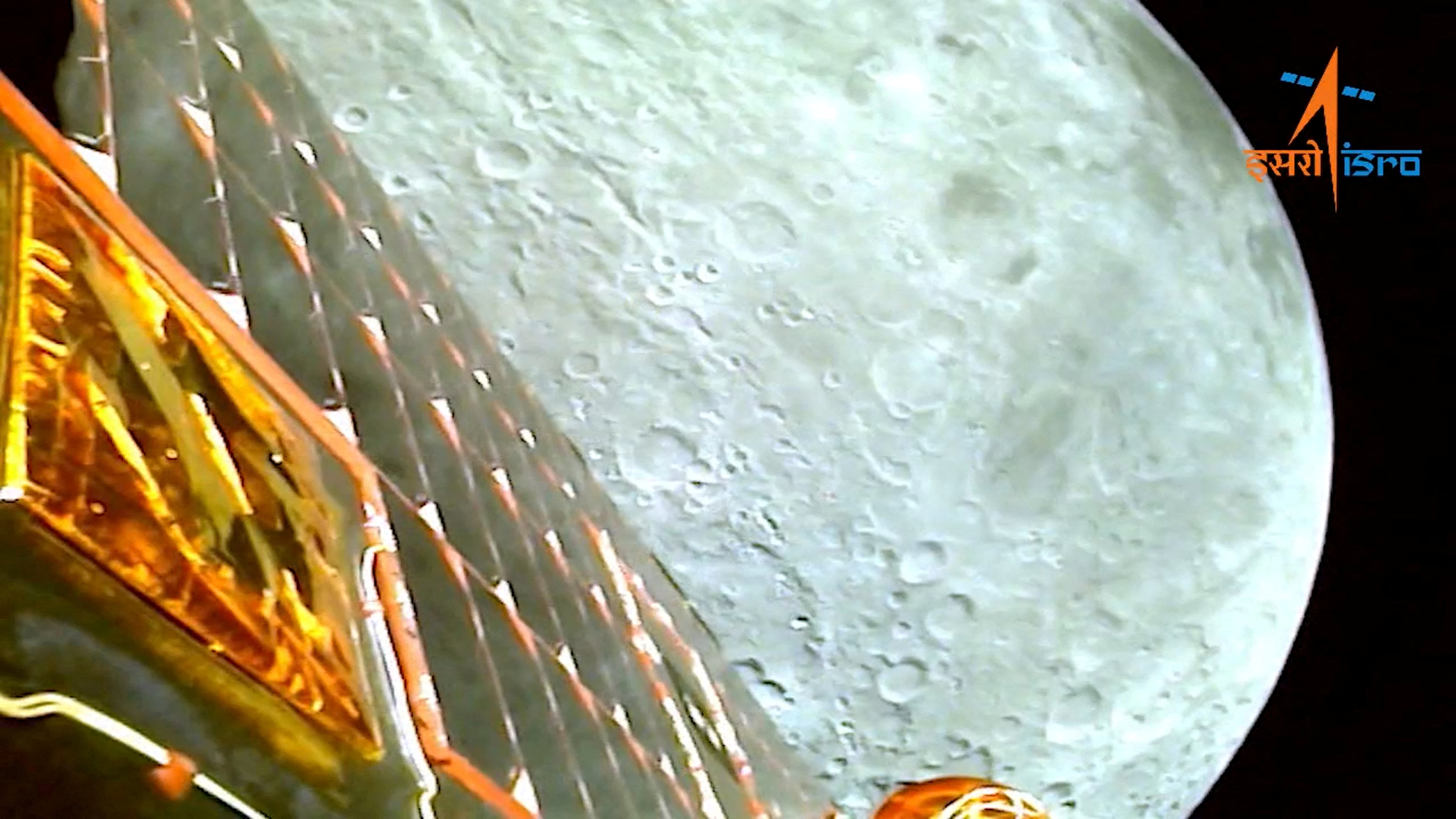
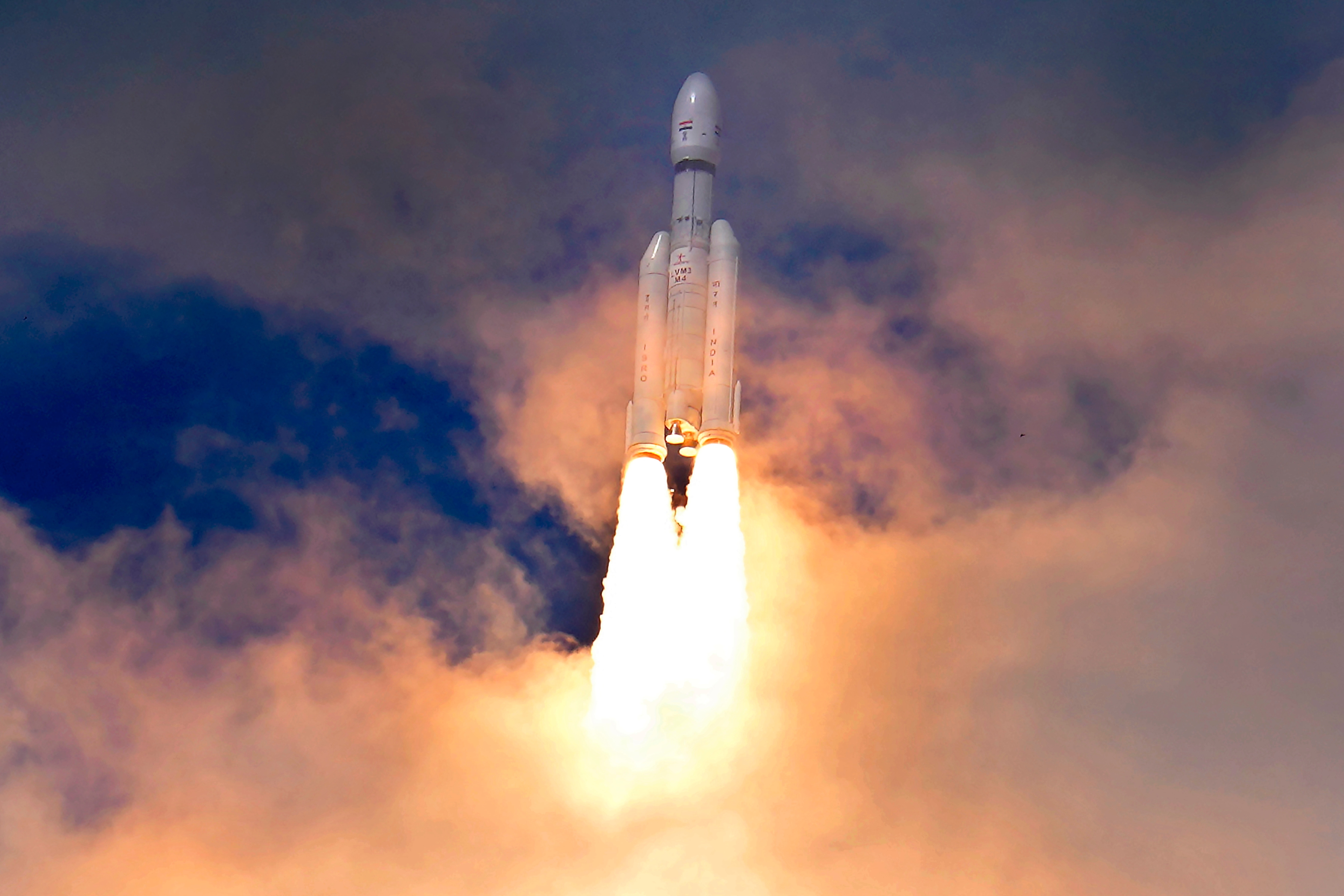

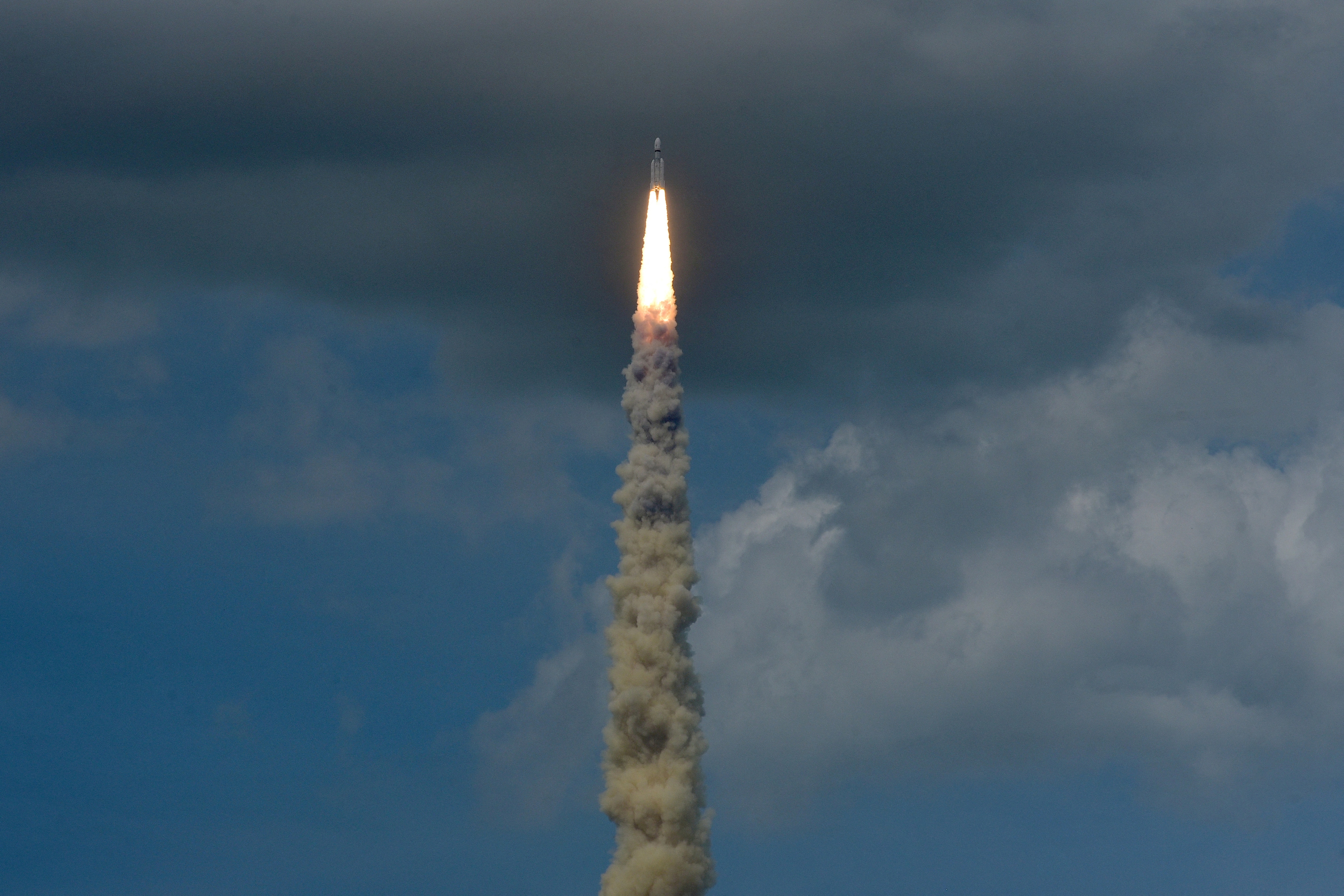
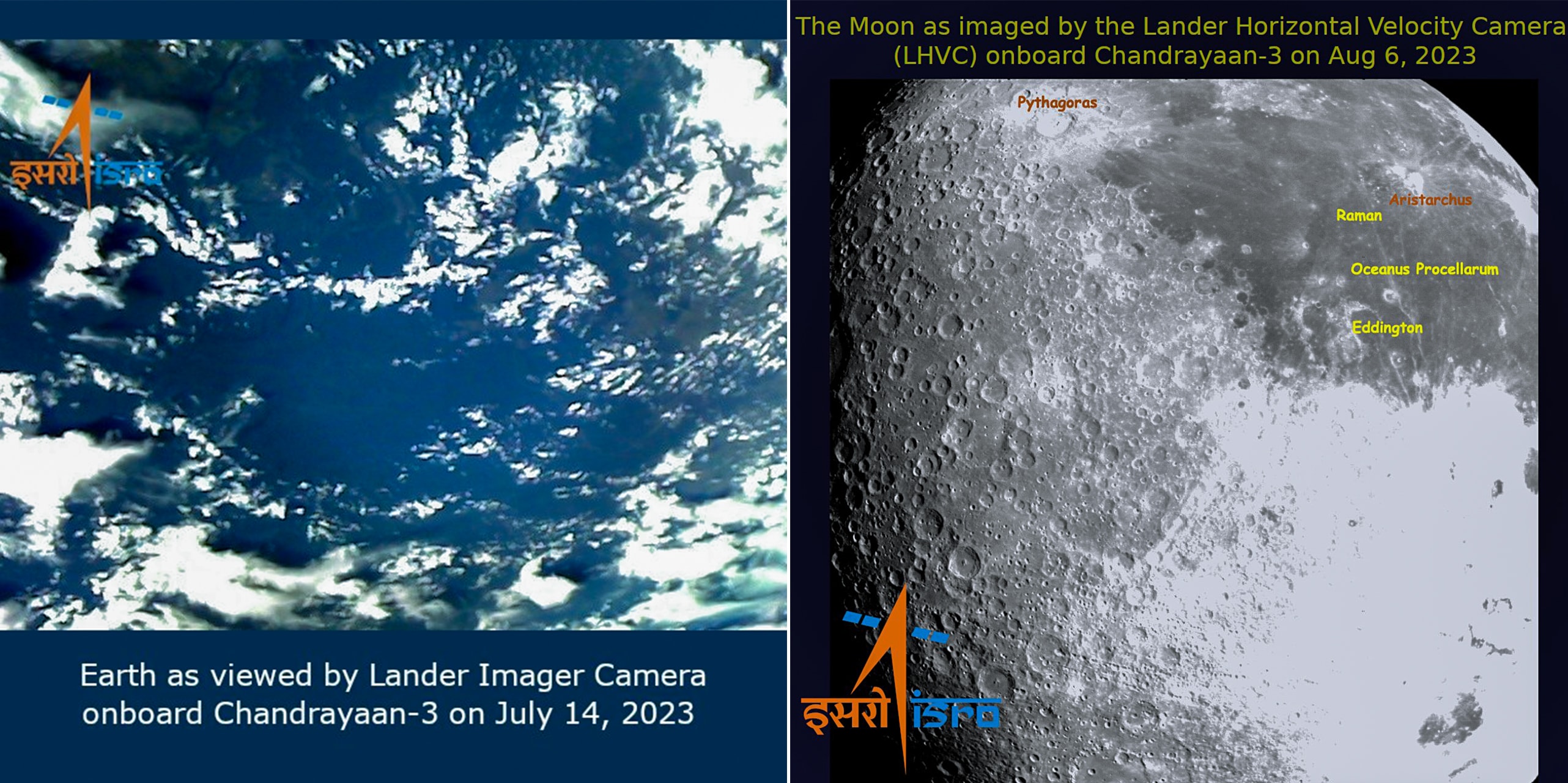
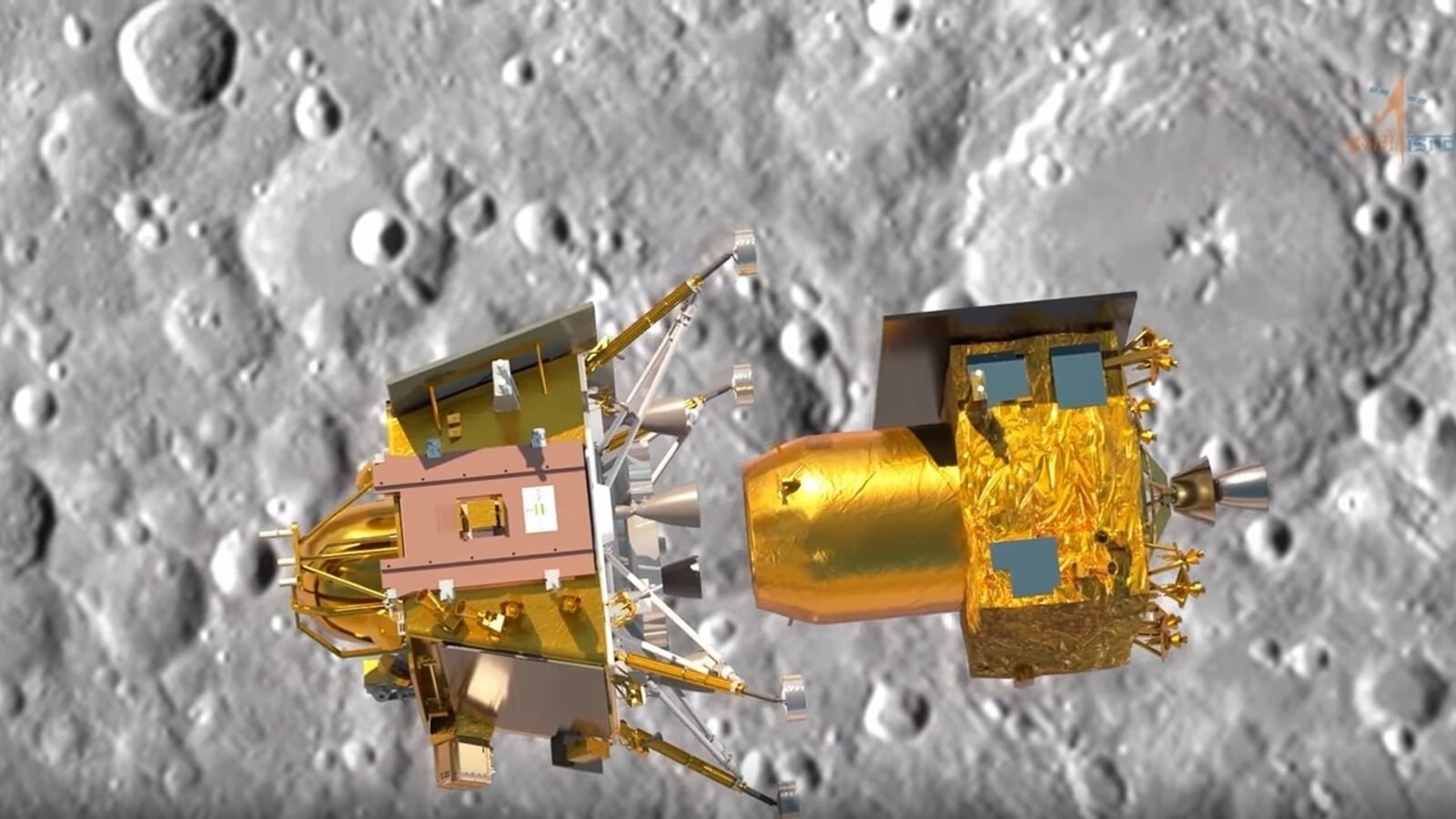
 View all Images
View all ImagesAfter the failure of Russia's Luna-25, the world's eyes are on the Indian Space Research Organization's (ISRO) Chandrayaan-3 spacecraft. India's third space mission is set to land on the lunar South Pole tomorrow, August 23, and if it succeeds, India would become the fourth nation after the USA, China, and Russia to touch down on the Moon's surface. Chandrayaan-3 is packing the latest technology that is aiding the spacecraft to fly to the moon and then land on it. From spaceflight, landing, operations, and experiments, everything is dependent on the technology packed into this spacecraft, lander, and rover. Here's everything that you need to know about the technology aboard the Chandrayaan-3 propulsion module, lander, and rover.
Chandrayaan-3: Components
The Chandrayaan-3 has three components - a lander (Vikram), a rover (Pragyan), and a propulsion module. The lander and rover separated from the propulsion module on August 17 and commenced their descent toward the lunar surface. Meanwhile, the propulsion module will stay in orbit for months and years, and carry out its series of experiments.
Propulsion module
According to ISRO's mission page, the Chandrayaan-3 propulsion module features a Spectropolarimetry of Habitable Planet Earth (SHAPE) payload. As the propulsion module will continue in its orbit for some time, the payload will conduct a series of experiments such as measurements of variations in polarization from clouds on Earth, a spectroscopic analysis of Earth's atmosphere, and collect exoplanet signatures that would identify its habitability. Powering the propulsion module is a 440N Liquid Engine, with a star sensor, TTC antenna, and a solar panel helping it on its journey.
Vikram lander
The Vikram lander will make a soft landing on August 23 and conduct its experiments on the lunar surface for a period of 14 days. It carries the Radio Anatomy of Moon Bound Hypersensitive ionosphere and Atmosphere (RAMBHA) payload. According to ISRO, the experiments include Chandra's Surface Thermophysical Experiment (ChaSTE) for measuring the thermal conductivity and temperature, and the Instrument for Lunar Seismic Activity (ILSA) for measuring seismic activity around the landing area on the lunar South Pole. Moreover, its Langmuir Probe (LP) will allow it to estimate and gauge plasma density. The Vikram lander will also carry out lunar laser ranging studies using the passive Laser Retroreflector Array, courtesy of NASA.
To successfully achieve all its mission objectives, the lander is equipped with a suite of tech instruments such as Ka-Band Altimeter (KaRA), Laser Altimeter (LASA), Laser Doppler Velocimeter (LDV), Laser Inertial Referencing and Accelerometer Package (LIRAP), Lander Position Detection Camera (LPDC), Lander Hazard Detection and Avoidance Camera (LHDAC), Lander Horizontal Velocity Camera (LHVC), along with touchdown sensors, inclinometer, and micro star sensor.
Pragyan rover
The lunar rover, called the Pragyan rover, will also conduct analyses of the landing site. It is fitted with a Alpha Particle X-Ray Spectrometer (APXS), and a Laser Induced Breakdown Spectroscope (LIBS). According to ISRO, the LIBS will allow the rover to carry out a qualitative and quantitative elemental analysis of the landing site. Moreover, it will further enhance our understanding of the lunar surface by studying the chemical and mineralogical composition in the landing site vicinity. The APXS instrument will allow the rover to study the lunar soil as well as rocks near the landing area, and determine the elemental composition of the same.
For navigation, the Pragyan rover features navigation cameras and Rx/Tx antennae. It also features a wheel drive assembly, differential and solar panels to allow roving on the lunar surface.
Chandrayaan-3 is expected to touchdown on the lunar South Pole on August 3 at 6:04 PM IST. Be sure to check our live coverage of India's historic Moon mission.
Catch all the Latest Tech News, Mobile News, Laptop News, Gaming news, Wearables News , How To News, also keep up with us on Whatsapp channel,Twitter, Facebook, Google News, and Instagram. For our latest videos, subscribe to our YouTube channel.





























